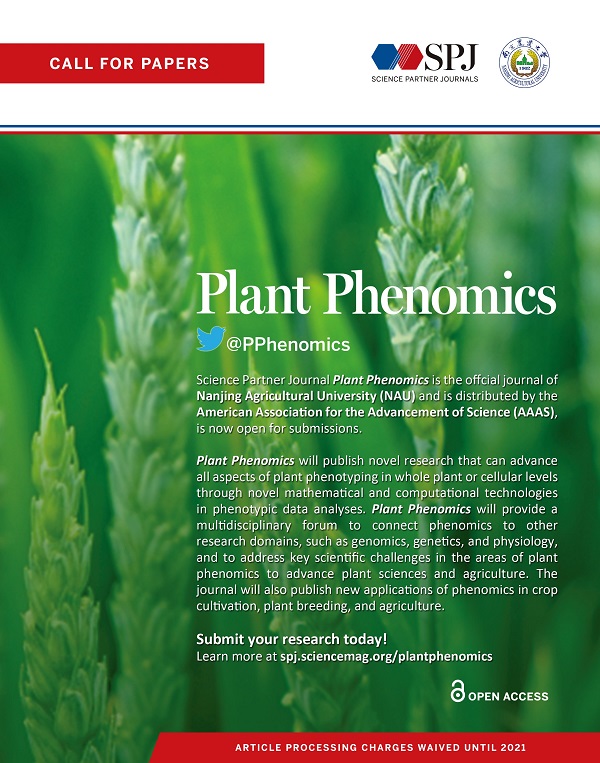LiDAR is effective in characterizing vine growth and detecting associated genetic loci
IF 6.4
1区 农林科学
Q1 AGRONOMY
引用次数: 0
Abstract
The strong societal demand to reduce pesticide use and adaptation to climate change challenges the capacities of phenotyping new varieties in the vineyard. High-throughput phenotyping is a way to obtain meaningful and reliable information on hundreds of genotypes in a limited period. We evaluated traits related to growth in 209 genotypes from an interspecific grapevine biparental cross, between IJ119, a local genitor, and Divona, both in summer and in winter, using several methods: fresh pruning wood weight, exposed leaf area calculated from digital images, leaf chlorophyll concentration, and LiDAR-derived apparent volumes. Using high-density genetic information obtained by the genotyping by sequencing technology (GBS), we detected 6 regions of the grapevine genome [quantitative trait loci (QTL)] associated with the variations of the traits in the progeny. The detection of statistically significant QTLs, as well as correlations (R2) with traditional methods above 0.46, shows that LiDAR technology is effective in characterizing the growth features of the grapevine. Heritabilities calculated with LiDAR-derived total canopy and pruning wood volumes were high, above 0.66, and stable between growing seasons. These variables provided genetic models explaining up to 47% of the phenotypic variance, which were better than models obtained with the exposed leaf area estimated from images and the destructive pruning weight measurements. Our results highlight the relevance of LiDAR-derived traits for characterizing genetically induced differences in grapevine growth and open new perspectives for high-throughput phenotyping of grapevines in the vineyard.激光雷达在表征葡萄生长和检测相关遗传位点方面是有效的
本文章由计算机程序翻译,如有差异,请以英文原文为准。
求助全文
约1分钟内获得全文
求助全文
来源期刊

Plant Phenomics
Multiple-
CiteScore
8.60
自引率
9.20%
发文量
26
审稿时长
14 weeks
期刊介绍:
Plant Phenomics is an Open Access journal published in affiliation with the State Key Laboratory of Crop Genetics & Germplasm Enhancement, Nanjing Agricultural University (NAU) and published by the American Association for the Advancement of Science (AAAS). Like all partners participating in the Science Partner Journal program, Plant Phenomics is editorially independent from the Science family of journals.
The mission of Plant Phenomics is to publish novel research that will advance all aspects of plant phenotyping from the cell to the plant population levels using innovative combinations of sensor systems and data analytics. Plant Phenomics aims also to connect phenomics to other science domains, such as genomics, genetics, physiology, molecular biology, bioinformatics, statistics, mathematics, and computer sciences. Plant Phenomics should thus contribute to advance plant sciences and agriculture/forestry/horticulture by addressing key scientific challenges in the area of plant phenomics.
The scope of the journal covers the latest technologies in plant phenotyping for data acquisition, data management, data interpretation, modeling, and their practical applications for crop cultivation, plant breeding, forestry, horticulture, ecology, and other plant-related domains.
 求助内容:
求助内容: 应助结果提醒方式:
应助结果提醒方式:


